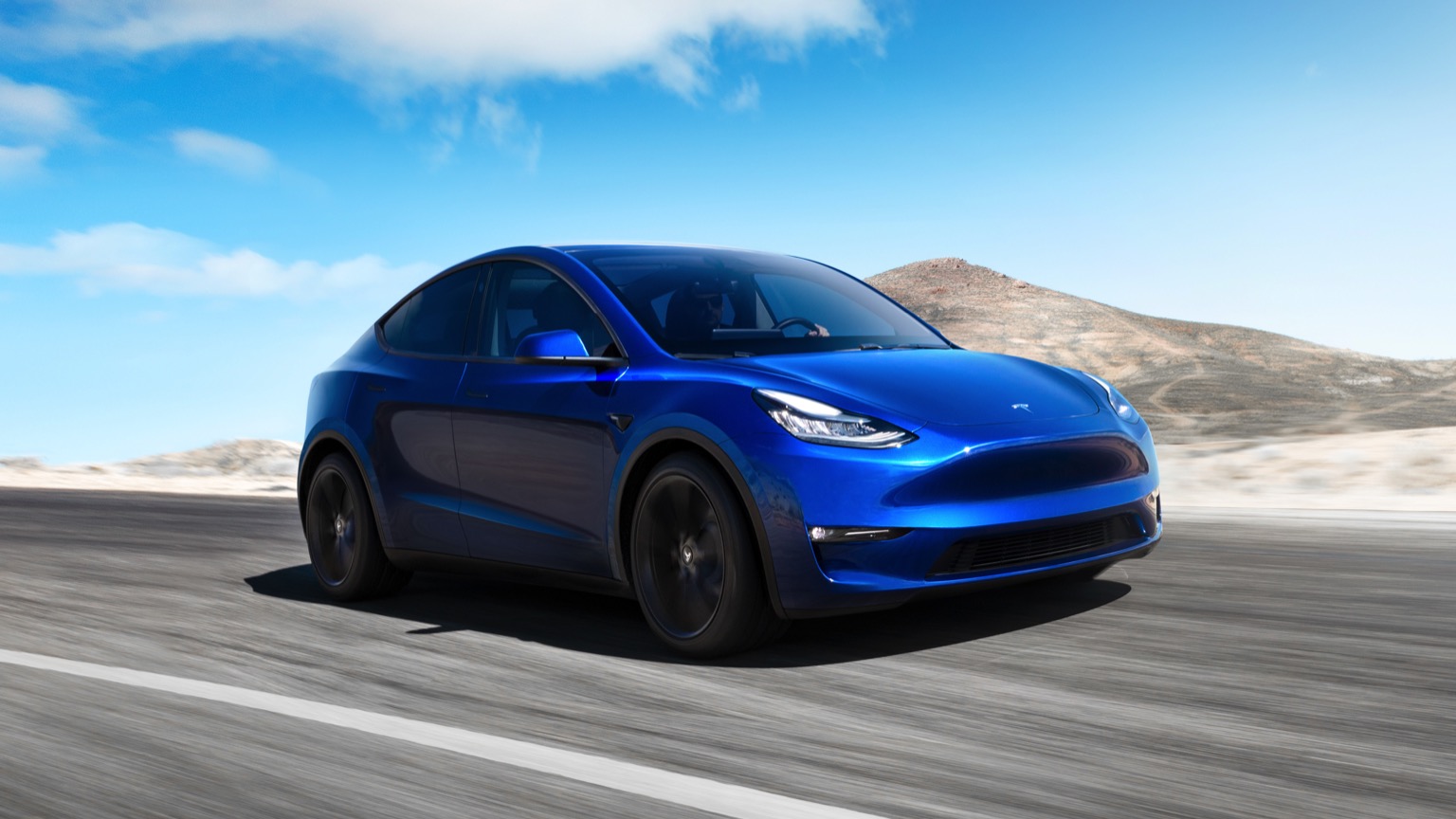As you describe, this would literally be illegal. I don’t follow Model Y closely so not sure what actually happened. You’d have to point to a specific example of an actual 2022 Model Y LR AWD not having the ~81kWh capacity (instead having ~78kWh).
If you get a 2022 Tesla Model Y LR AWD and an 81kWh capacity is claimed in EPA docs, then you must get that nominal capacity for a 2022 model. If you don’t get at least that nominal value, that is illegal.
The date on these documents is often later than the first car delivery, FYI. Doesn’t matter. What matters is the vehicle year on the Monroney and the submissions made to the EPA.
The hard fact is that the indicated changes in capacity are tied to the model year transitions. As I just said - this does not mean that you might not get higher capacity before the transition (it depends and you can see examples of both cases; just see above link for 2020/2021 MYP - but once you get that new model year, it is guaranteed). Tesla can provide more nominal capacity, but not less, than the EPA doc.
Everything everyone is saying about changes happening throughout the year is totally correct too.
That’s what I keep saying!
But waiting for model year transitions when close to that date can be quite prudent for the reasons above. I don’t expect that this year it will mean anything (but have not been following rumors at all). But some years it may be quite significant. See very impactful, extremely well documented, unquestioned examples above.
It also allows you to claim a one year “newer” vehicle for resale purposes! Not a huge impact most likely but will certainly have an impact! I would not wait for that reason though.
Except for the things that are explicitly tied to model year, like rated range, called out on the Monroney, guarantees from Tesla, and enforced by law.
View attachment 861988



